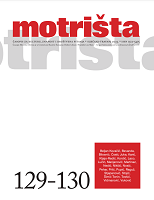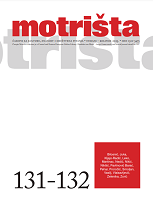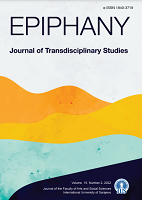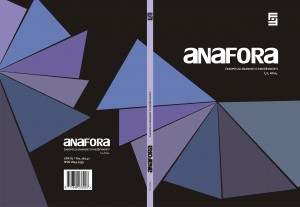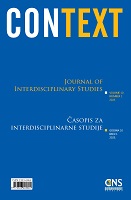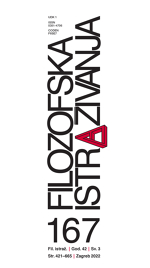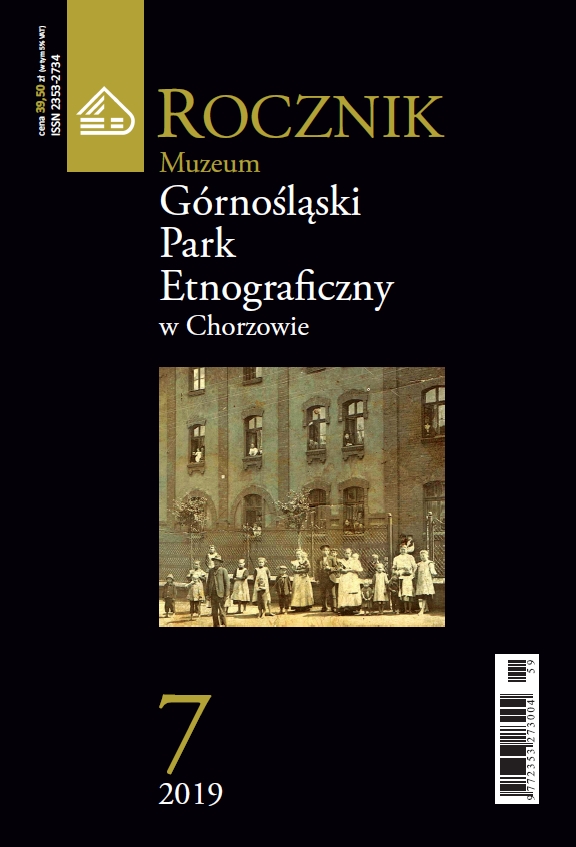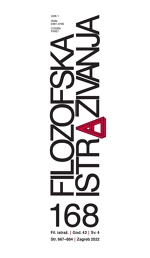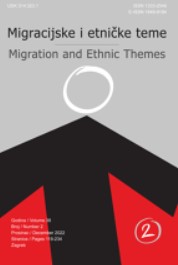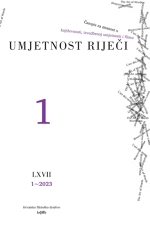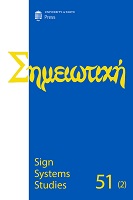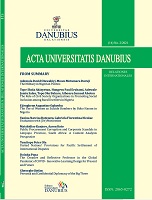
Cultural Diversity and Security Culture in the European Union
Cultural diversity and security culture have become important topics on the agenda of state and non-state actors, contributing to the achievement and maintenance of social cohesion, to the opening of prospects for resolving conflict situations and to the restoration of peace and security. The European Union has become a multi-ethnic, multi-racial and multicultural space, where the two concepts - cultural diversity and security culture, have become very important topics in theory and practice. Joining and scientifically approaching to the cultural diversity and security culture in the European Union is a complex and interesting endeavor. For the present research, however, we will focus on two objectives: highlighting the importance of cultural diversity and security culture within the European Union and presenting actions of the European Union with the aim of promoting cultural diversity and developing security culture. In this sense, the scientific research methodology mainly included observation, document analysis and comparative analysis. The article contributes to awareness of the importance of cultural diversity and security culture in the European Union in the present century, even more so as threats to security have diversified and amplified; also, this article can be a useful resource for professors, researchers, students, etc., whose scientific research activity has as its subject the proposed theme.
More...
